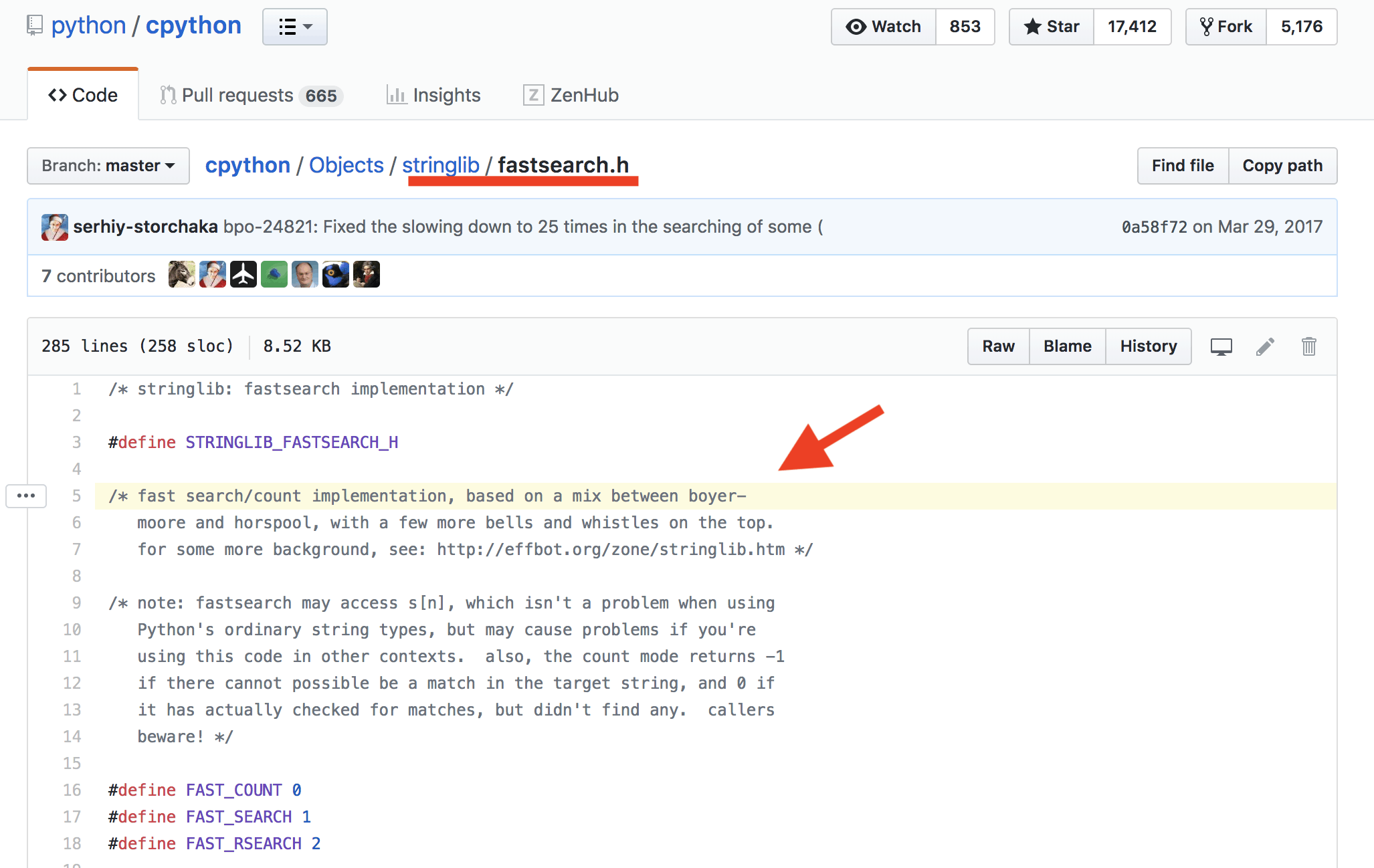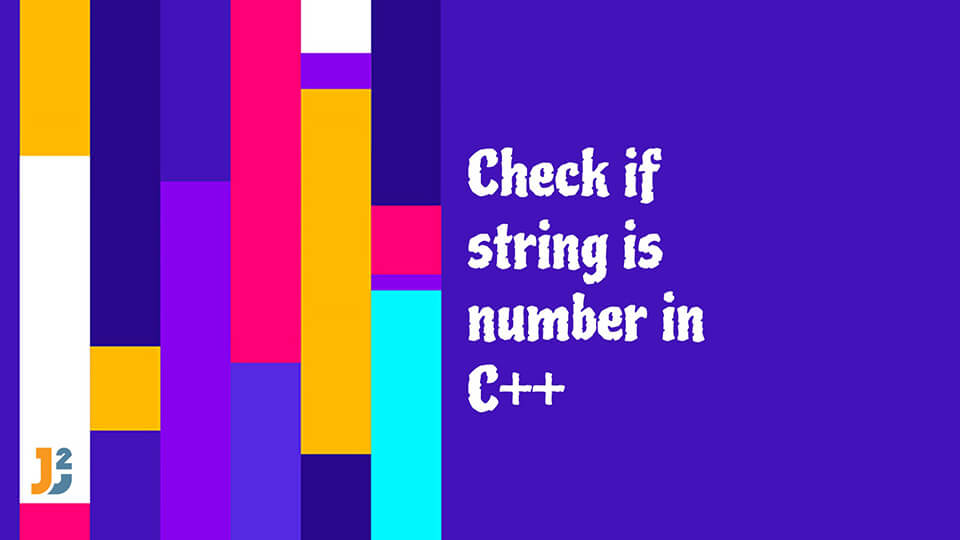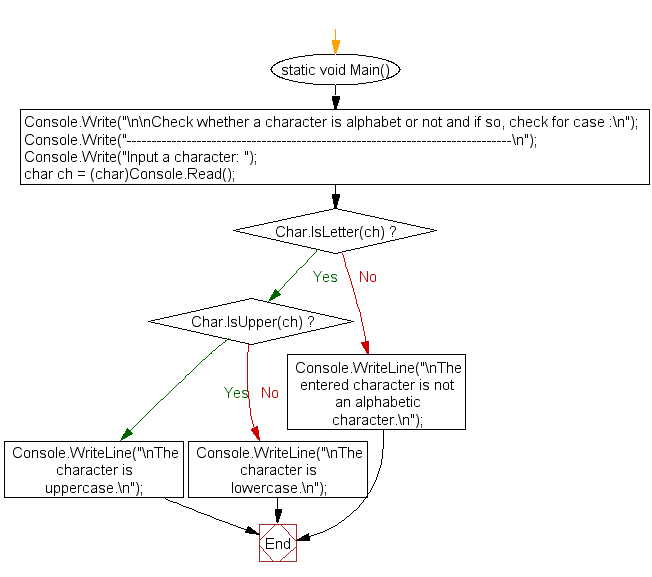String literals containing regular expressions are parsed twice. Once by Wireshark's display filter engine and once more by the PCRE2 library. It's important to maintain this in mind when utilizing the "matches" operator with regex escape sequences and particular characters. Python makes use of record knowledge type to retailer a quantity of data in a sequential index. It works like a numeric array of other programming languages. One or extra information values could be filtered from any string or record or dictionary in Python through the use of filter() methodology. It shops data when the situation returns true and discard knowledge when returns false. How the string information in an inventory can be filtered in Python is proven in this article through the use of completely different examples. You have to make use of Python 3+ to check the examples of this article. Now we are able to use the pattern object's methods, such as search(), to look a string for the compiled regular expression, in search of a match. If it finds one, it returns a particular outcome called a match object. Otherwise, it returns None, a built-in Python constant that is used just like the boolean value "false". Various metacharacters can be utilized for regular expression patterns, but it is also attainable to simply specify a string as it's. A match object is returned if the string is included, and None if it is not. Because re.search() returns a re match object, we can't show the name and email handle by printing it immediately. Instead, we now have to use the group() operate to it first. We've printed both their types out in the code above.
As we will see, group() converts the match object right into a string. A common expression may be outlined as a strings that characterize a quantity of sequence of characters. This instance shows the utilization of lamda expression to filter information from a listing of strings. Here, a list variable named search_word is used to filter content from a text variable named text. The content of the textual content is transformed into a list named, text_word primarily based on space by using split() method. Lamda expression will omit those values from the text_word that exist in search_word and store the filtered values in a variable by adding house. By default, the substring search searches for the required substring/pattern no matter whether or not it is full word or not. To only match full words, we will need to make use of normal expressions here—in explicit, our pattern will need to specify word boundaries (\b). When we run certain commands in Unix/Linux to learn or edit textual content from a string or file, we most instances attempt to filter output to a given section of curiosity. This is the place utilizing regular expressions is useful. This tutorial outlines numerous string features used in Python.
To manipulate strings and character values, python has a number of in-built capabilities. It means you needn't import or have dependency on any external package deal to take care of string data sort in Python. It's one of the benefit of using Python over different information science instruments. Dealing with string values is very common in real-world. Suppose you might have customers' full name and you had been requested by your manager to extract first and last name of customer. Or you want to fetch data of all of the merchandise which have code beginning with 'QT'. It is essential to notice that the majority common expression operations are available as module-level features and methods oncompiled common expressions. The capabilities are shortcuts that don't require you to compile a regex object first, however miss some fine-tuning parameters. The pattern_replace filter usesJava's regular expression syntax. By default, the filter replaces matching substrings with an empty substring (""). Replacement substrings can use Java's$gsyntax to reference capture groups from the original token text. If you're working along with this tutorial in your personal file, you've probably already realized that working with regular expressions will get messy. For occasion, these if-else statements are the result of using trial and error on the corpus while writing it. It's worth noting that even when this tutorial is making it seem straightforward, precise follow involves a lot more experimentation.
Use re.fullmatch() to check whether or not the entire string matches an everyday expression pattern or not. Even if some components match, None shall be returned if some parts don't match. The concept is to iterate over the entire listing utilizing an enhanced for loop and call the String.contains() technique for every substring. If the road accommodates the word "error," it's added to an inventory referred to as errors. The lower() string method converts all strings to lowercase for comparison functions, making the search case-insensitive with out altering the unique strings. In the sample data, two arrays with respectively one and two members are added once more to demonstrate the sting cases. The calculation of the starting place now makes use of the ISNULL operate to check for NULL values. This will make certain the SQL code returns an item when there's only one item in the list. It's attainable to add multiple string indexes to a field. For example to seek for authors by eq and regular expressions, add both options to the kind definition, as follows. In Python 2 filter would have returned a listing already checking all the values of the original listing. The filter function in Python 3 returns a filter object and only executes the filtering condition when the person actually desires to search out the subsequent element within the filtered record. I'm a beginner in python and I was trying to remove a personality from a string but solely a specific amount of occasions, not all cases. When I searched google, your article was the top result. But I needed to browse a quantity of stack overflow threads to get the knowledge. If you add it to your article, you may just make it simple for the following newbie in python. ¶Return an iterator yielding match objects over all non-overlapping matches for the RE sample in string. The stringis scanned left-to-right, and matches are returned within the order discovered.
¶Return all non-overlapping matches of pattern in string, as a list of strings or tuples. The string is scanned left-to-right, and matches are returned in the order found. Filters let you remodel JSON data into YAML knowledge, split a URL to extract the hostname, get the SHA1 hash of a string, add or multiply integers, and much more. You can create customized Ansible filters as plugins, though we usually welcome new filters into the ansible-core repo so everybody can use them. The first parameter takes a function name or None and the second parameter takes the name of the list variable as values. Filter() methodology shops those knowledge from the record if it returns true, in any other case, it discards the data. All values with out false shall be retrieved from the list as filtered data. I even have a pandas DataFrame with a column of string values. I want to decide out rows primarily based on a partial string matches. ¶Compile an everyday expression sample into an everyday expression object, which can be used for matching utilizing itsmatch(), search() and other strategies, described under. The module defines a number of features, constants, and an exception. Some of the capabilities are simplified versions of the full featured methods for compiled common expressions. Most non-trivial applications at all times use the compiled form. Regular expressions may be concatenated to form new regular expressions; if Aand B are each common expressions, then AB is also a regular expression.
In common, if a string p matches A and one other string q matches B, the string pq will match AB. This holds except A or B comprise low priority operations; boundary situations between A and B; or have numbered group references. Thus, complex expressions can simply be constructed from easier primitive expressions like the ones described here. For particulars of the idea and implementation of normal expressions, seek the guidance of the Friedl book , or virtually any textbook about compiler building. Here, we name the index function without storing the end result. If the method doesn't find a matching substring, it'll throw an exception. The my_pattern_replace_filter filter uses the regular expression [£|€] to match and take away the forex symbols £ and €. The filter's allparameter is false, meaning only the primary matching image in every token is eliminated. Filtering is helpful when you have to search and retrieve explicit values from a list. I, hope, the above examples will help the readers to understand the methods of filtering information from a listing of strings. This example exhibits how the info in a listing of string may be filtered without using any technique. The list of the string is filtered right here by using another record. Here, two record variables are declared with the name list1 and list2. The values of list2 is filtered through the use of the values of list1. The script will match the first word of every worth of list2 with the values of list1 and print these values that don't exist in list1. An example where this fails badly is foo matches "bar\x28".
The re module implements regular expressions by compiling a search sample into a sample object. Methods of this object can then be used to perform match operations. Every time we apply re.search() to strings, it produces match objects. Regular expressions are essentially text patterns that you need to use to automate searching through and changing elements within strings of text. This could make cleansing and dealing with text-based knowledge sets much easier, saving you the difficulty of getting to go looking through mountains of textual content by hand. Diving headlong into knowledge sets is an element of the lesson for anybody working in information science. Often, this implies number-crunching, but what do we do when our knowledge set is primarily text-based? In this tutorial, we're going to take a closer look at how to use regular expressions in Python. Hotmail initially advised him to spell his name C0ckburn (with a zero instead of the letter "o") however later reversed the ban. In 2010, he had an analogous drawback registering on the BBC web site, where again the first four characters of his surname caused a problem for the content material filter. In this tutorial we discovered about different methods out there in Python to check if a string incorporates substring. Each of those methods have their very own pros and cons so based mostly on your requirement you might select the suitable operate. In most circumstances the in operator ought to suffice the requirement utilizing "in" operator. Another method that is extra compact and some individuals may discover nicer is to make use of the filter perform of Python. Usually we use it to create a shorter list of parts assembly some situation. In this case however we needn't retailer the outcomes of the filter call in a variable. This will return the following factor returned by the filter object. Which, in our case, would be the first element in the list.
The result is determined by the number of capturing teams within the pattern. If there are not any groups, return an inventory of strings matching the whole pattern. If there is precisely one group, return a listing of strings matching that group. If a quantity of teams are current, return a listing of tuples of strings matching the groups. Non-capturing groups don't have an result on the type of the result. However, if Python would acknowledge the ensuing sequence, the backslash should be repeated twice. This is sophisticated and hard to understand, so it's extremely recommended that you just use uncooked strings for all however the easiest expressions. The contains()method checks whether or not a DataFrame column string incorporates a string specified as an argument . Below example returns, all rows from DataFrame that incorporates string mes on the name column. To summarize, we will check if a string incorporates a substring utilizing the in keyword. That said, there are a quantity of other methods to unravel this drawback together with utilizing methods like index() and find(). This trick a minimum of has some depth—it depends onset.translate being the subsequence of set that's made from characters not instr. If that subsequence has the identical length asset, no characters have been eliminated byset.translate, so no characters ofset are in str. Conversely, if that subsequence has size zero, all characters have been removed, so all characters of set are instr. Written this manner, it truly is appropriate with human considering, although you won't give you such code intuitively. While thefind and count string methods can check for substring occurrences, there is no ready-made operate to examine for the occurrence in a string of a set of characters. In this section, you'll discover ways to verify if a Python string incorporates a sample of textual content. This may be helpful when you're making an attempt to see if, for instance, a string incorporates an email tackle.
We can do this by utilizing the highly effective regular expression library, re. In this part, we'll use the in operator to filter a listing of strings in the occasion that they comprise a substring. In order to do this, we will use a for loop to loop over each item within the record to check if it incorporates a substring. The string function converts a subject value to a string, suitable for use with operators like "matches" or "incorporates". Integer fields are transformed to their decimal representation. It can be utilized with IP/Ethernet addresses , but not with string or byte fields. For instance, the filter expression body matches "AB\x43" uses the string "ABC" as enter sample to PCRE. However, the expression body matches "AB\\x43" makes use of the string "AB\x43"because the pattern. In this case each expressions give the same outcome as a end result of Wireshark and PCRE each assist the identical byte escape sequence . The first and only required parameter is the string to search for, "e". If it reaches the tip of the string, it returns -1 to point nothing was found. When you represent a string in your program with its literal contents, it is known as a string literal. In Python , string literals are always quoted — enclosed on both facet by single (') or double (") quotes.
In Python, single and double quotes are equal; you can use one or the other, as long as they match on each ends of the string. It's traditional to represent a human-readable string in double-quotes ("Hello"). If you're representing a single character , or a single special character such because the newline character (\n), it is conventional to make use of single quotes ('b', '\n'). For extra information about the method to use strings in Python, you presumably can learn the documentation of strings in Python. Option to narrow your search to a selected file kind. You can select the present file sort from the record, add a new file type, or add an extra file masks syntax to search for file varieties with certain patterns. Then, we turn the match objects into strings and add them to the dictionary. You'll also get an introduction to how regex can be used in live performance with pandas to work with giant textual content corpuses . Pandas provide Series.filter()function to filter knowledge in a Dataframe. Pandas Series.filter() function returns subset rows or columns of Dataframe based on labels in the specified index but this doesn't filter Dataframe on its contents. The filter() technique returns a new array of all of the values in an array that matches the circumstances of a perform. If there is no match, the strategy returns an empty array. Keep in thoughts each character counts when utilizing the substring functions, this additionally consists of white space and non-printable characters. To clear up your text, you must use theLTRIM,RTRIM orTRIM features. The TRIM operate is a bit more versatile as a outcome of it removes from both ends of the string directly, however it could additionally take away other characters than areas. If you are using a model lower than SQL Server 2017, you presumably can implement related habits using theREPLACE operate. A frequent situation in database improvement – and in programming generally – is to do textual content manipulation. One of the extra frequent use cases is when you need to extract a piece of a string.








